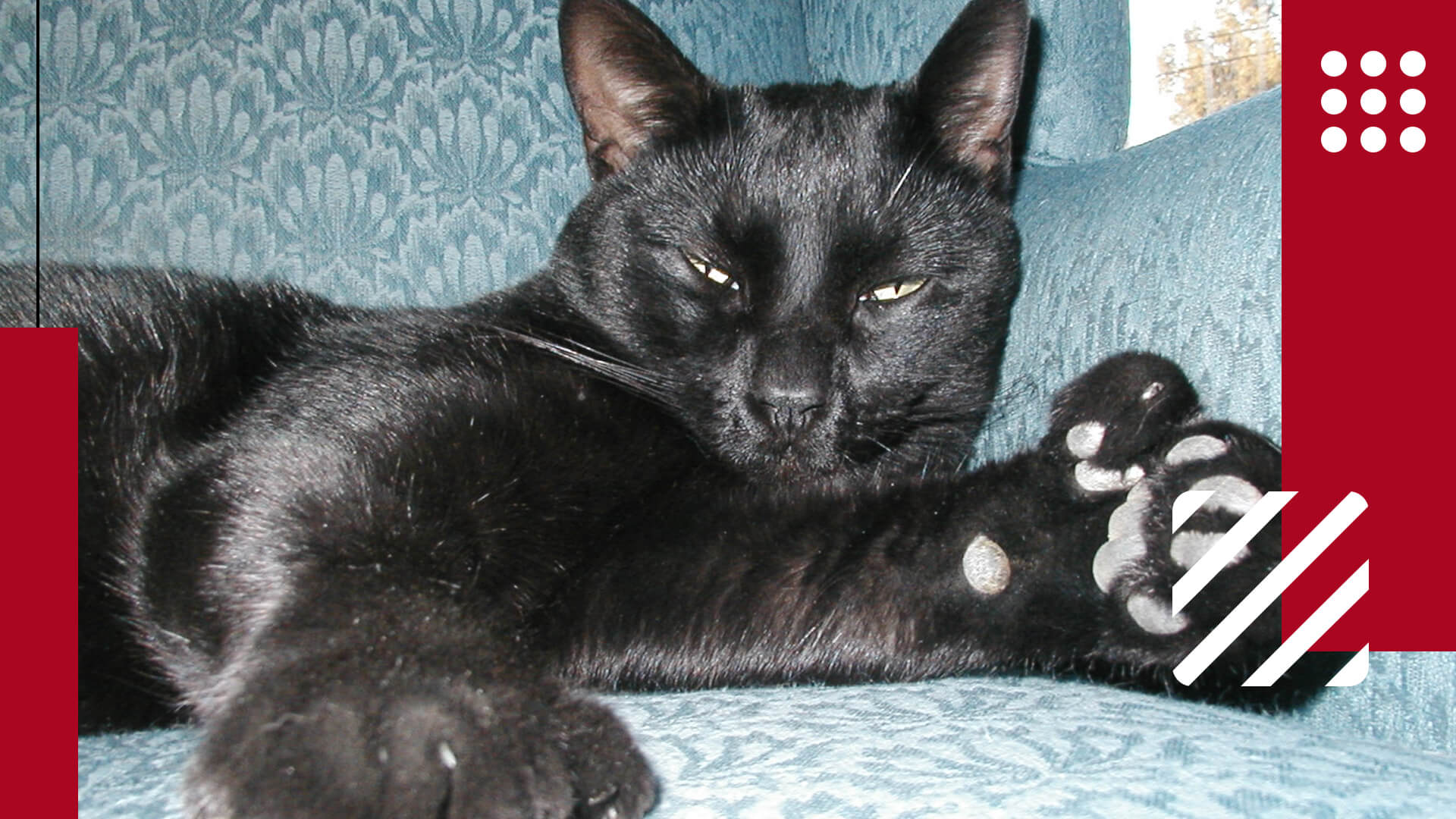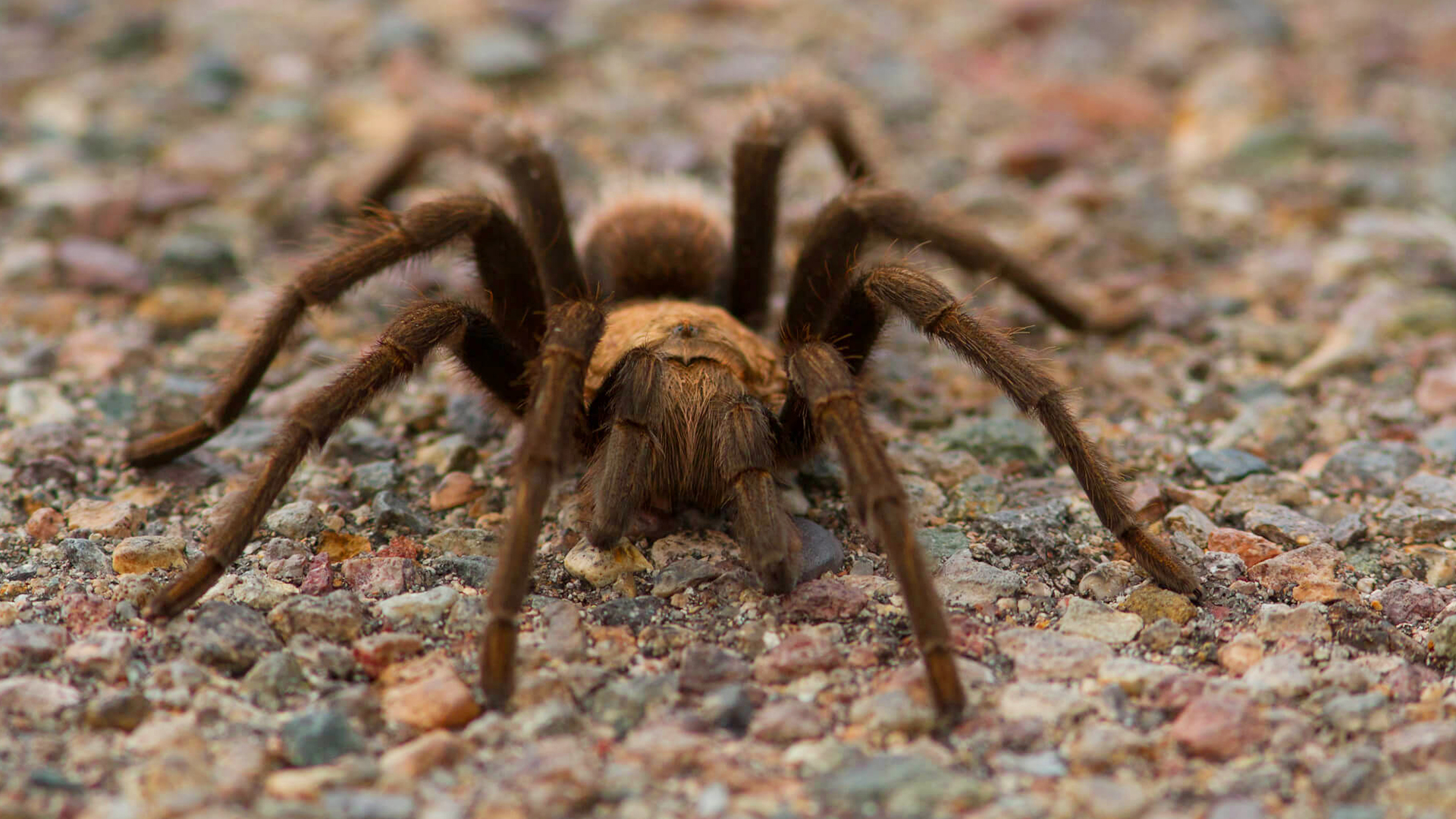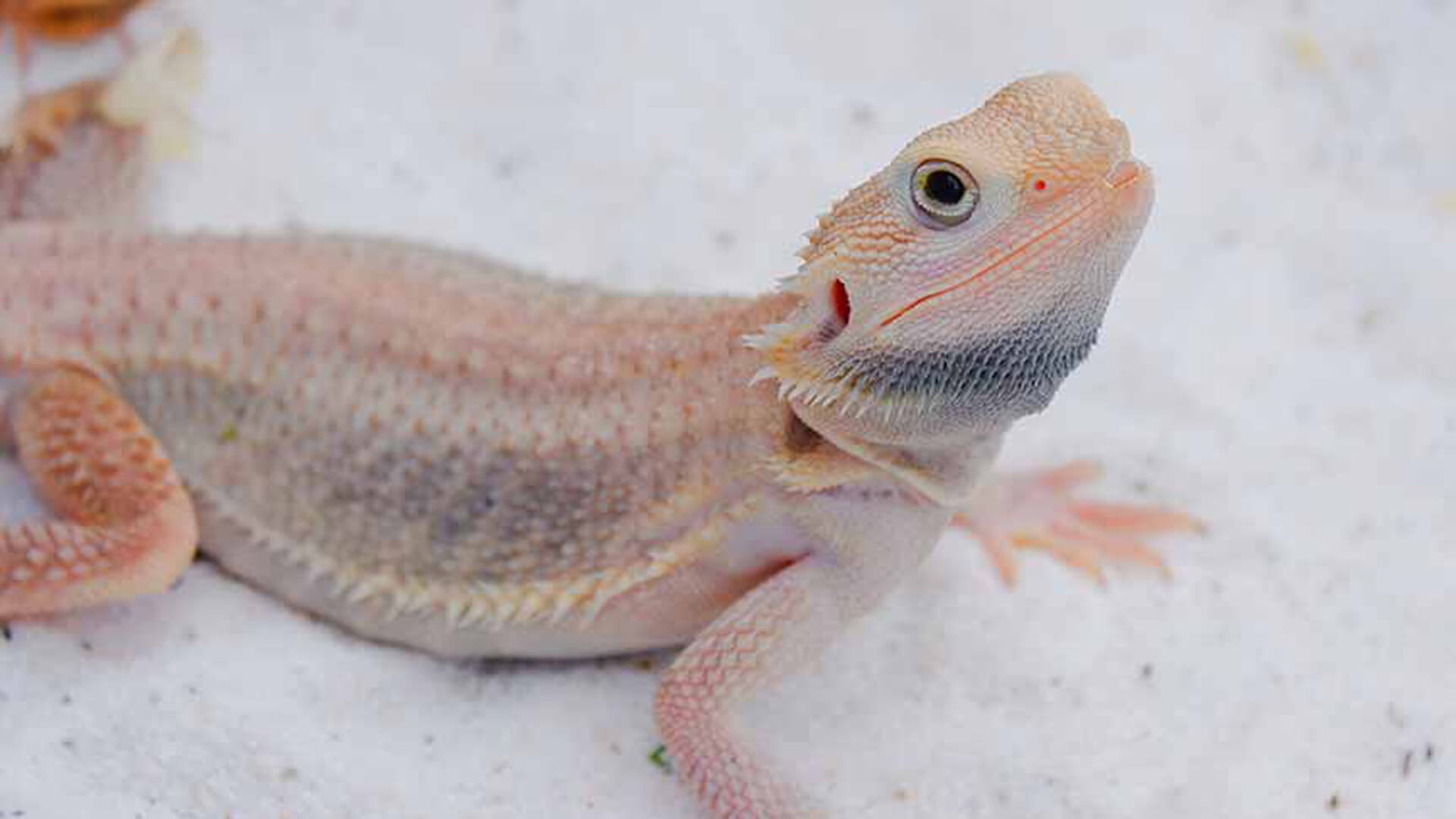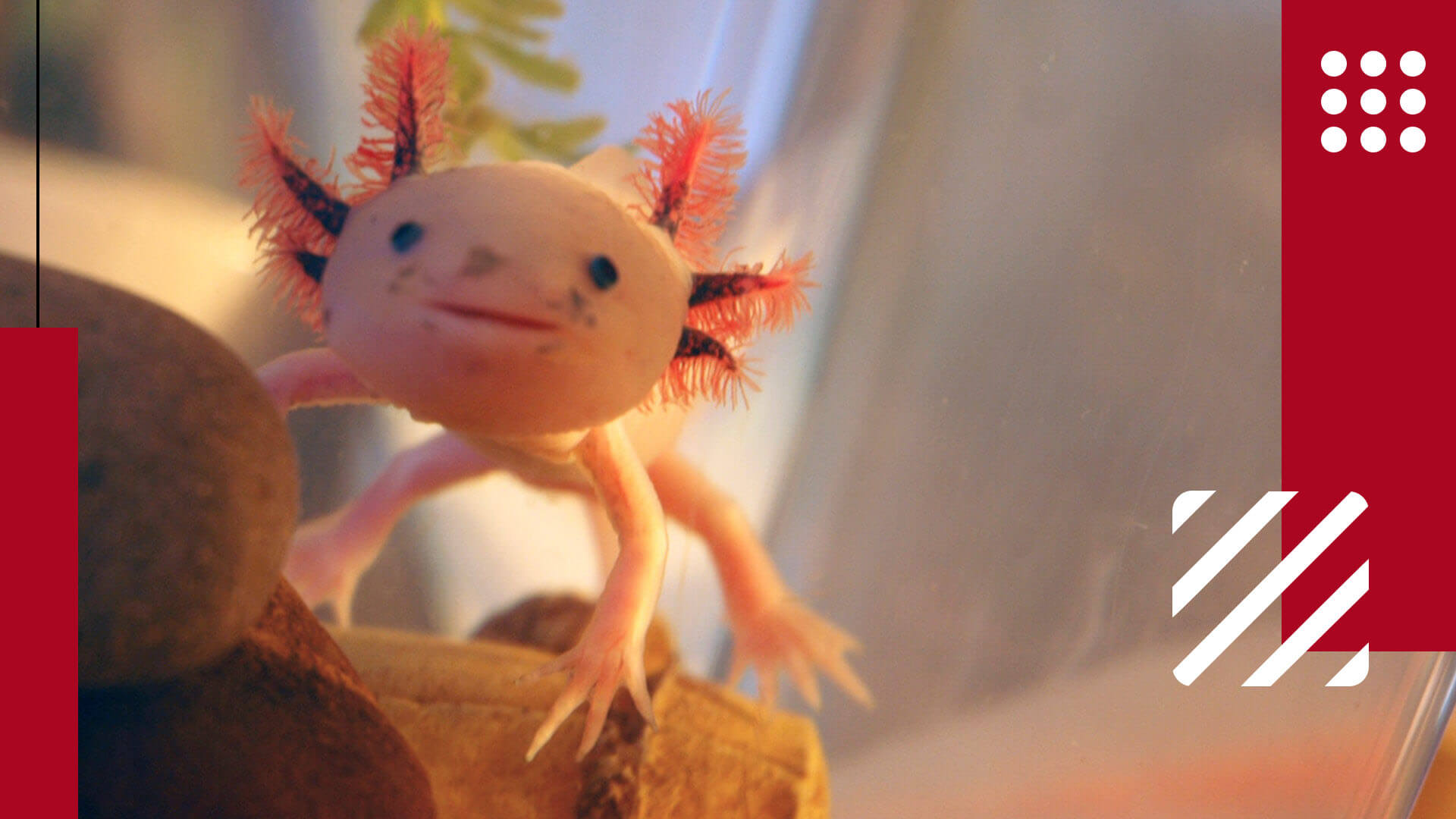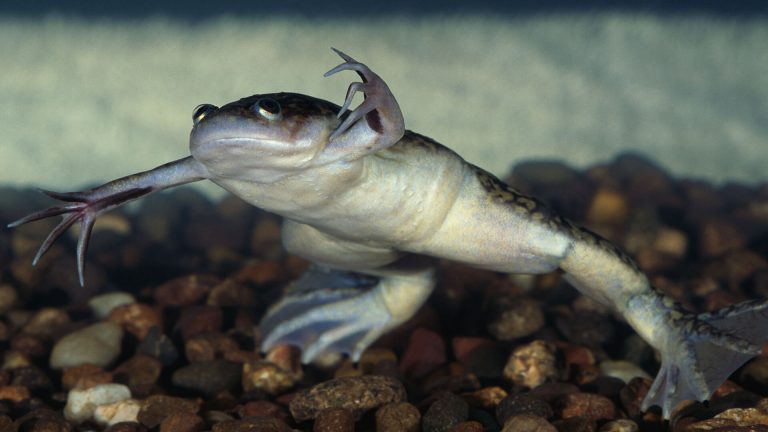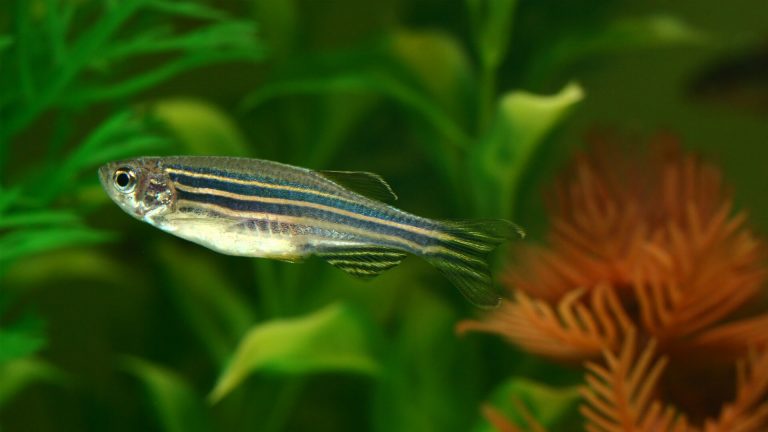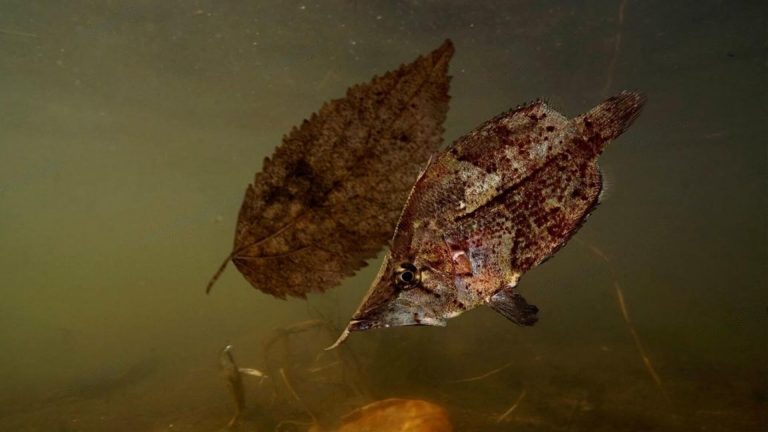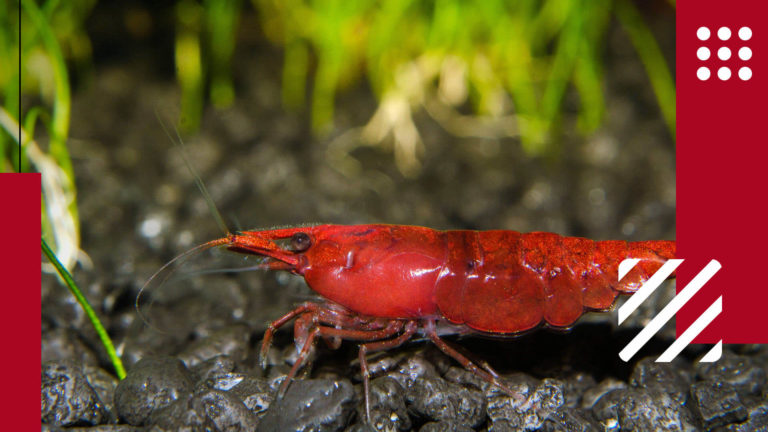Renowned for their mesmerizing appearance, gold barbs are one of the most popular choices for aquarium fish. Hailing from the Red River Basin in Southeast Asia, they are easily available at any local pet shop in most of the South Asian countries. They are originally green in color. However, the variant found in captivity will be golden. These variants originated from selective breeding and have been popular ever since. They make a great addition to any aquarium, especially if the owners like to keep their aquarium beautiful.
Also known as Chinese barb, they make a good pet fish for beginners. They are quite low maintenance and don't demand a lot of space. However, they prefer to stay in groups. Since they are peaceful in nature, they can happily share their home with other species as well. They are active swimmers and remain the same throughout their lives provided that they receive proper care. Although they are easy to care for, there are still things the owners need to know in advance. After all, they will depend on their owners too like any other pet. Not to worry! This article includes every significant piece of information that one needs to know about their pet gold barb.
Distinctive Features of Gold Barb
| Scientific Name | Puntius semifasciolatus |
| Lifespan | Up to 5 years |
| Color | Bright gold |
| Size | Up to 3 inches |
| Health Risk | Low |
| Tank Size | Minimum 20 gallons |
| Water pH | 6.5-7.5 |
| Filter Requirement | Low to moderate |
| Tankmates | Peaceful community fish |
| Unique Trait | Vibrant golden coloration |
| Famous For | Its striking appearance and peaceful temperament |
| Temperament | Active and social |
| Maintenance | Low |
| Adaptability | High |
| Behavior | Generally good with supervised children |
| Personality | Active schooling fish |
| Social | Thrives in groups of 6 or more |
Standing true to its name, the gold barb is mostly shining golden in color further accompanied by fins that are slightly transparent at the end. There is not much difference between males and females. But, the males are always brighter in color than their female counterparts. These fish spend most of their time in the lower and the middle level of tanks. However, they can be seen coming to the top when it’s time for their feast. Gold barbs are shoaling fish. In their native habitat, they will always be found in large groups. The same is advised for the captive ones as well. These fish should always be kept in a group of 4 to 5. More is always preferable! Being in a group helps them to stay cheerful and feel secure. Besides these, some other basic characteristics of golden barbs have been enlisted below:

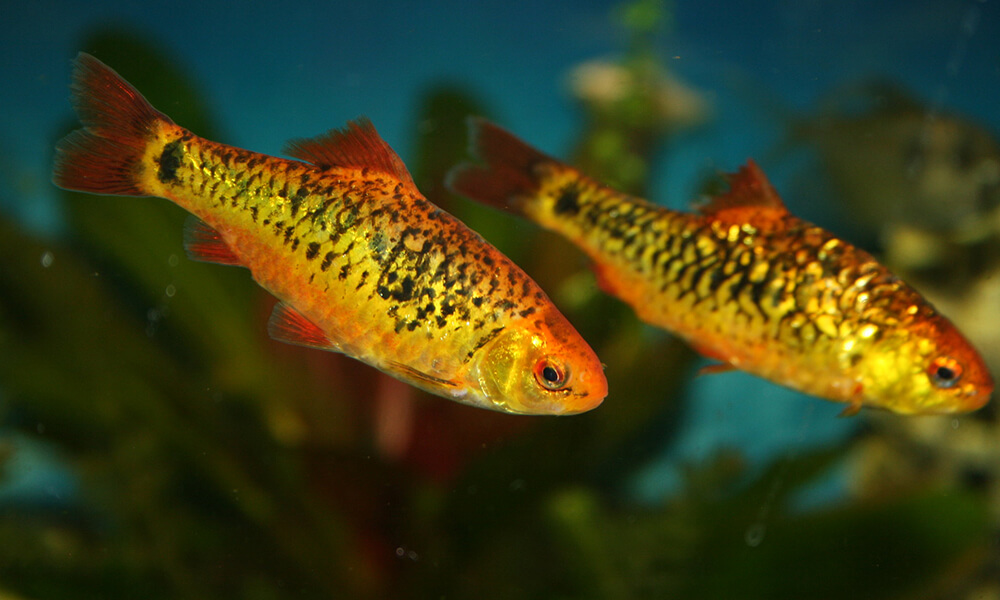
How to Take Care of a Pet Gold Barb Fish?
Being easy to care for is one of the greatest assets when it comes to gold barbs. They don't have much requirements in any aspect. They happily accept different kinds of food, are flexible with water conditions, don't occupy much space, are peaceful and what not! They are one of the easiest fish to keep. However, not to be forgotten, they are still pets and need basic care. Giving them an appropriate habitat and food are essential if the owners wish them to cover their full lifespan.
How to Setup a Tank for a Pet Gold Barb Fish?
Despite their small size and peaceful behavior, they may get territorial if not provided with enough space. For a school of 4 to 5 fish, one should consider having a tank of 20 gallons (at least). 3 to 5 gallons should be increased for every extra pet barb. Regarding the water conditions, they are quite flexible. However, it is better to keep it suitable to their requirements. The temperature of the water should be around 64 to 75 degrees Fahrenheit and the pH level should lie between 6.0 to 8.0. As for the hardness of the water, it should be under 10 dGH.
Next comes the vegetation! The tank should have different varieties of plants in the lower and middle levels. Additionally, driftwood and other decorative items can be included. This will give them sufficient hiding spots. For substrate, anything dark and smooth will do. While the dark color of the substrate will help them shine brighter, the smoothness will prevent physical injuries. For the lighting part, normal aquarium light will suffice. These pet fish don't have any specific requirements in this regard. Coming to the tankmates, peaceful fishes like danios, dwarf gouramis and tetras can be considered in addition to their own species.
What to Feed a Pet Gold Barb Fish?
Gold barbs are omnivores and readily accept a wide variety of food. For live and frozen food, one may serve them with brine shrimp, daphnia, mosquito larvae, or bloodworms. Fresh vegetables should be added to the diet as well. Dried food such as flakes and pellets can also be given but only when supplemented with other raw food. Maintaining diversity in food is essential to ensure that they receive all sorts of nutrients. The frequency is also important to consider. The fish should be fed twice or thrice a day. The quantity should be just enough for them to finish in a couple of minutes. Also, it is advised to break the food into small pieces making it easier for the fish to digest.
Health Concerns of Pet Gold Barb
Gold Barbs are very hardy and don't require any extra attention when it comes to their health. This is one of the major reasons why they are suggested for beginners. Even if a few mistakes are made in the beginning, they will handle them on their own. Moreover, they don't have any species-specific disease which puts them at lower risk than other fishes. However, this is to be understood that they are not completely resistant to every health problem. They may still get affected by some issues that are common to all fish.
These may include problems like 'Ich' and 'fin rot'. However, most of the problems can easily be prevented just by providing them with proper care and attention. Keeping the habitat clean, changing the water regularly, and offering an adequate diet are sufficient to keep them healthy. Also, it is to be ensured that they remain happy as stress can also impact their health. Besides this, if there are any warning signs, the fish should be isolated from the rest and should be treated immediately.
What People Are Reading:
Frequently Asked Questions About Gold Barb
Some of the generally asked questions about gold barb fish are answered below:
Are golden barbs aggressive?
Golden barbs are peaceful in nature and do well with other peaceful fish around them.
What fish can go with golden barbs?
Danios, dwarf gouramis, zebra loaches, guppies and tetras are some of the best tankmates for golden barbs.
How long do gold barbs live?
Gold barbs generally live around 5 years.
Can gold barbs live with goldfish?
Normally, there shouldn't be a problem. However, there are chances that the gold barb may get a little territorial with goldfish or nip its fin. Hence, it is not recommended to keep them together.
Are golden barbs peaceful?
Yes, golden barbs are considered to be peaceful.
Are gold barbs freshwater?
Yes, gold barbs are freshwater fish.

